Mares' XR Line was designed for divers entering the world of technical diving - check out the full Mares XR range on our website!
Technical diving offers the opportunity to explore remarkable environments beyond the reach of recreational divers. From historic wrecks to breathtaking caves, springs, mines, and deep walls, the world has numerous destinations for technical divers to explore. Here are 11 of the best technical diving spots around the globe, complete with essential details about dive sites, conditions, and topside attractions.
Truk Lagoon, Micronesia.
Truk Lagoon is a mecca for wreck divers, offering world-class wreck dives in calm, warm waters. Truk Lagoon is home to over 60 WWII wrecks, including Japanese warships, planes, and submarines, many lying at depths exceeding 40 meters (130 feet). The wrecks are adorned with coral and sponges, creating habitats for schools of tropical fish, reef sharks, and macro life. Technical divers can explore deeper wrecks like the
San Francisco Maru, sitting at 50-65 meters (165-213 feet), and dive deep into wartime history.
- Best Time to Dive: December to April
- Water Temperature: 28-30°C (82-86°F)
Bikini Atoll, Marshall Islands.
Famous for its nuclear testing history, Bikini Atoll is a bucket-list tec diving destination with massive wrecks, such as the
USS Saratoga aircraft carrier, lying at a depth of 50 meters (164 feet). The wrecks are intact and well-preserved, providing opportunities to penetrate engine rooms and hangars. Deep and challenging profiles make it a destination suited for experienced technical wreck divers. Beyond diving, the remote beauty of the Marshall Islands offers a true getaway from the pressures of modern-day life.
- Best Time to Dive: May to October
- Water Temperature: 27-30°C (81-86°F)
Raja Ampat, Indonesia.
Raja Ampat is primarily known for its biodiversity and recreational dive sites, but it also caters to technical divers with its deep seamounts and vertical walls. Sites like
Blue Magic offer thrilling descents to 40+ meters (130+ feet), with chances to encounter oceanic mantas, reef sharks, and schooling fish. The region’s nutrient-rich waters support vibrant coral growth. On land, Raja Ampat offers jungle trekking and visits to remote villages.
- Best Time to Dive: October to April for peak manta season.
- Water Temperature: 27-30°C (80-86°F)
Malta and Gozo, Mediterranean Sea.
The Mediterranean is home to fantastic
technical wreck diving, with Malta and Gozo standing out as prime destinations. Wrecks like the
MV Imperial Eagle (42-52 meters/138-171 feet) and
HMS Stubborn submarine (57 meters/187 feet) attract divers seeking deep wrecks and penetration dives. The islands also feature stunning underwater caves and vertical drop-offs. Ashore, Malta's historical sites and vibrant culture provide plenty to explore.
- Best Time to Dive: April to October
- Water Temperature: 15-26°C (59-79°F)
Grand Cayman, Cayman Islands.
Grand Cayman is famous for its deep walls, including the legendary
North Wall, which drops to over 600 meters (1,970 feet). The clear, calm waters and abundant marine life, including numerous stingrays and reef sharks, make it a favorite for
technical diving. And when you’re not diving, you can relax at world-class beaches and luxury resorts.
- Best Time to Dive: November to May for calm conditions, April to June for peak fish life, and September for coral spawning.
- Water Temperature: 26-29°C (79-84°F)
Cozumel, Mexico.
Cozumel offers technical divers exhilarating drift dives along its deep reefs and walls. Sites like
Devil’s Throat feature a chimney-like swim-through that takes you down to around 40 meters (130 feet), leading to dramatic drop-offs. The marine life includes turtles, eagle rays, and vibrant coral species. Cozumel’s laid-back charm and cultural attractions, including Mayan ruins, add to its appeal as a dive destination.
- Best Time to Dive: November to May for bull sharks and eagle rays. May to September for calm conditions and fewer crowds.
- Water Temperature: 26-29°C (79-84°F)
Egypt.
The Red Sea is a treasure trove for technical divers, offering Dahab’s famous deep dive sites and the deep reefs at
The Brothers Islands. The clear, warm waters of Egypt host diverse marine life, from vibrant reef fish and sharks to vibrant hard and soft coral gardens. Egypt also offers fascinating historical sites like the Pyramids of Giza for divers who want to explore on land.
- Best Time to Dive: March to May and September to November
- Water Temperature: 23-30°C (73-86°F)
Tulum, Mexico.
Tulum is famous for its cenotes, including the
Dos Ojos and
Cenote Angelita. These freshwater cenotes feature stunning stalactites, haloclines, and hydrogen sulfide layers. Some cenotes descend to depths of 60+ meters (200+ feet) and feature intricate passages, making them ideal for
cave diving. Tulum itself is a vibrant destination with beautiful beaches and Mayan ruins.
- Best Time to Dive: May to November for the best light conditions in the cenotes.
- Water Temperature: 24-27°C (75-80°F)
South Florida, USA.
South Florida offers a mix of deep wrecks and cave diving opportunities. Technical wreck divers can explore sites like the
Ande wreck, sitting at around 60 meters (200 feet), or penetrate the
Queen of Nassau (70 meters/230 feet). The
Queen of Nassau was only discovered in 2001 and is relatively intact. This stunning wreck is known for its marine life, including scalloped hammerheads and sawfish. For cave divers, systems like
Peacock Springs and
Eagle’s Nest offer intricate passages. Florida’s tropical weather and nearby attractions like Miami’s nightlife add to Florida’s allure.
- Best Time to Dive: March to October
- Water Temperature: 23-29°C (73-84°F)
Scapa Flow, Scotland.
Scapa Flow is one of the world’s most famous wreck diving destinations, with the remains of the German High Seas Fleet from World War I. Massive battleships like the
SMS Markgraf lie at depths of 45 meters (148 feet), providing incredible penetration opportunities. Cold water and limited visibility add to the challenge, but the historical significance makes it worth it. Scotland’s rugged landscapes and whisky distilleries provide topside appeal.
- Best Time to Dive: May to September for the warmest waters, though autumn can offer better visibility.
- Water Temperature: 8-11°C (46-52°F)
Ojamo Mine, Finland.
Ojamo Mine in Finland is a unique destination for technical and cave divers seeking an extraordinary diving experience in a flooded limestone mine. The site features an extensive network of underwater tunnels, shafts, and chambers. Divers need to have cave diving experience and cold water experience with deep decompression and rebreather skills.
Divers can explore remnants of mining operations, including tools, carts, and machinery left behind when the mine was abandoned. The mine's cool, consistent water temperature and confined spaces make it ideal for experienced technical divers.
Beyond diving, the nearby town of Lohja offers scenic forests and lakes. Helsinki, Finland’s vibrant capital, is just a short drive away.
- Best Time to Dive: Year-round (winter requires cold-weather preparation)
- Water Temperature: 4°C (39°F)
Kathryn Curzon, a dive travel writer for SSI (Scuba Schools International), wrote this article.
TAGS
Written by
Kathryn
Date
17th April 2025


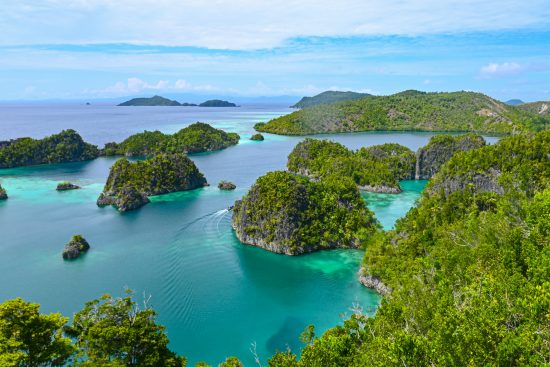
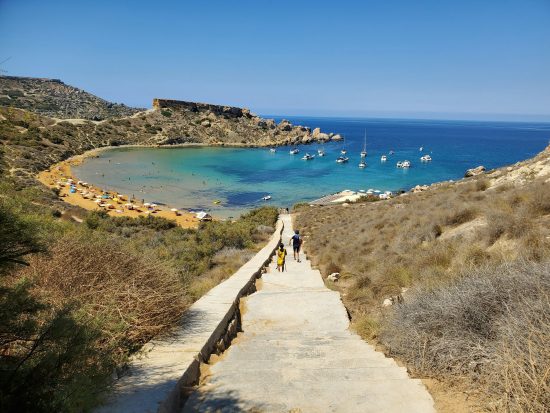
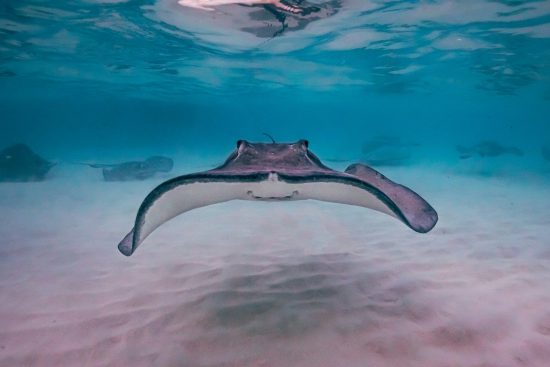

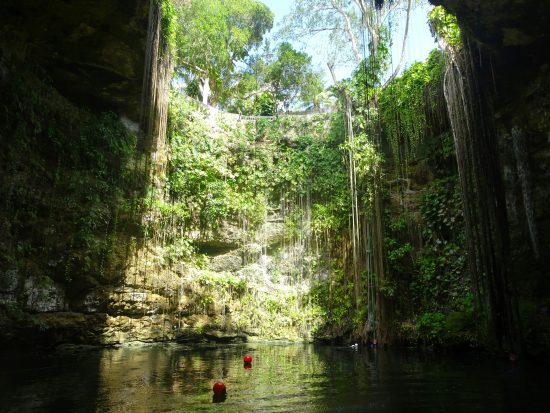
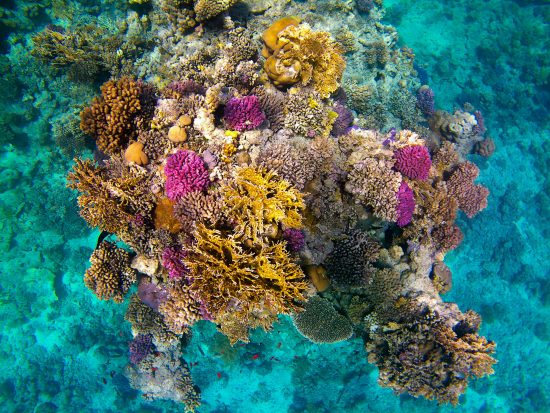

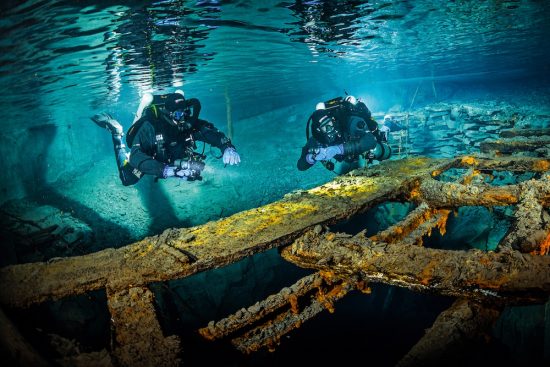
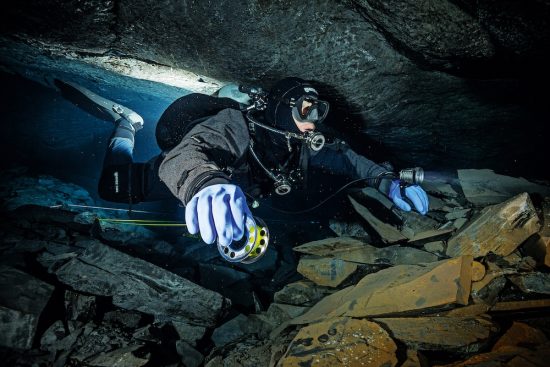
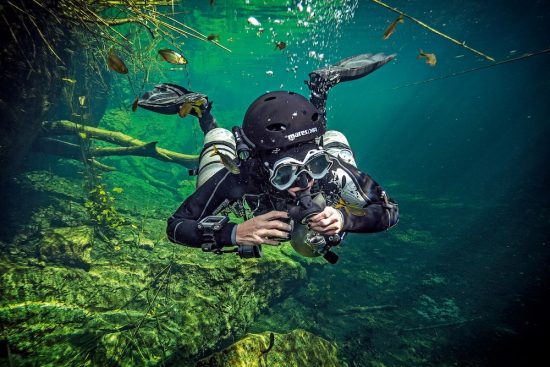
 Kathryn
Kathryn 17th April 2025
17th April 2025